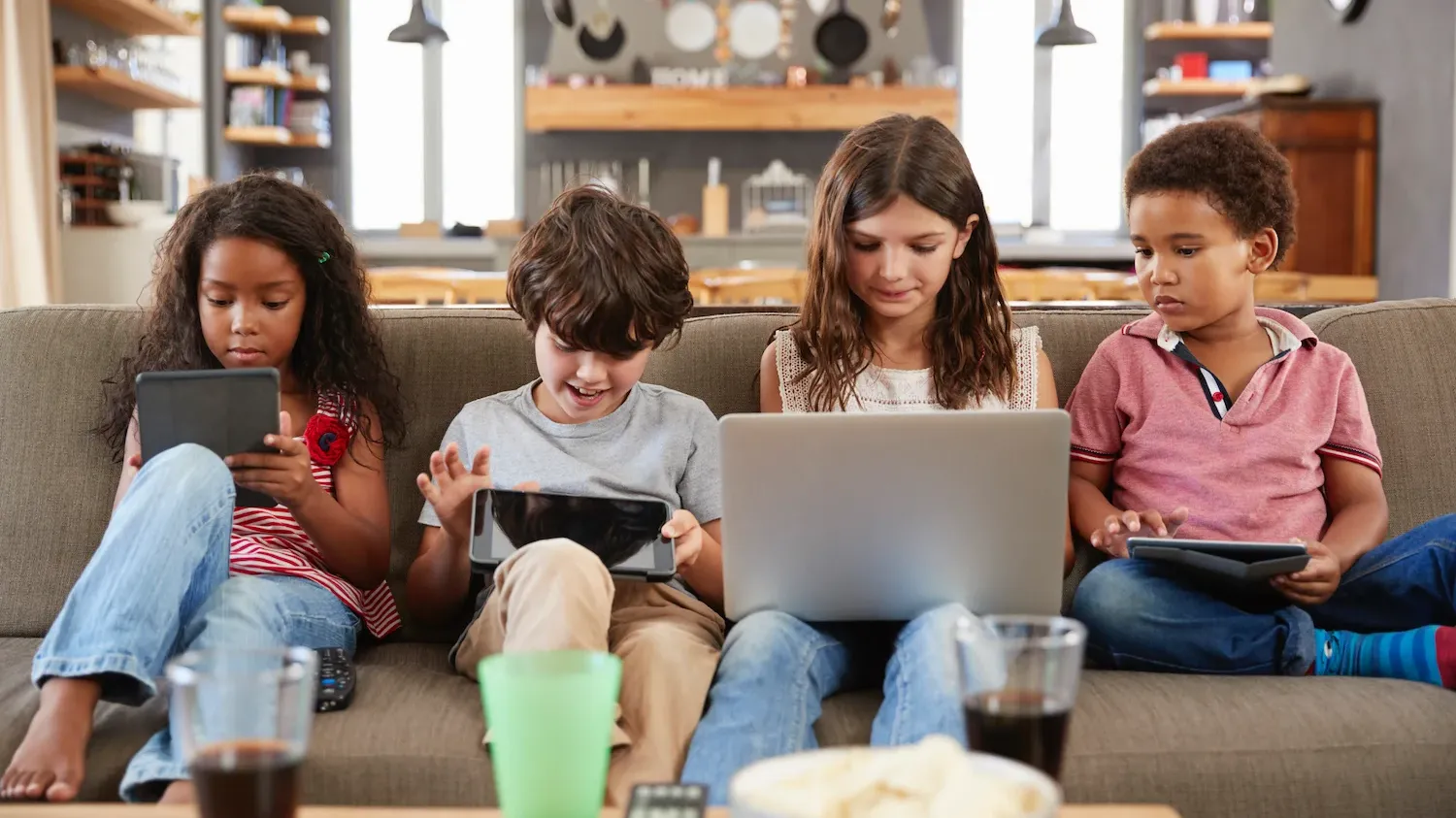Impact of Screen Time on Well-being
May 02, 2025
Screen time is like digital salt: a sprinkle seasons life; a pour overwhelms the system.
Excessive screen time is becoming one of the most underestimated disruptors of mental health in all age groups—but particularly in children and adolescents. Screen fatigue doesn’t just manifest as tired eyes and headaches—it leads to attention fragmentation, chronic overstimulation, and emotional dysregulation, especially in young minds still learning how to self-soothe. Sleep is often the first casualty, as blue light exposure interferes with melatonin production and keeps the nervous system in a heightened state of alertness.
Most concerning, however, is the impact on young girls: constant exposure to curated beauty standards, likes-based validation, and filtered realities on social media can deeply distort self-worth and identity formation. Instead of learning to trust their inner voice, they begin to outsource their value to the shifting approval of a digital crowd. The long-term consequences? Increased anxiety, low self-esteem, body image issues, and emotional fragility—unless we intervene with intentional, age-aligned tech habits and strong modeling from adults.
Here’s what happens to mental and behavioral health as those minutes (and hours) stack up lazing in front of the screen—and how you can turn the tech tide in your favor.
- The Biological & Neuro-Chemical Story
|
What Increases |
Why It Matters |
Key Evidence |
|
Cortisol & adrenaline surges(stress loop) |
Constant alerts mimic a “micro-fight-or-flight,” priming anxiety and irritability. |
Prospective cohort data link >4 h/day recreational screen use to higher depressive-anxiety scores in teens. |
|
Dopamine drips(reward loop) |
Endless scrolling hijacks reward pathways—good for app makers, bad for sustained focus. |
Meta-analysis of 30+ studies shows dose-response rise in depressive symptoms with screen hours. |
|
Blue-light melatonin blockade |
Later bedtimes → poorer REM sleep → mood volatility. |
Short-term family trial: reducing evening screens improved sleep & emotional regulation within 2 weeks. |
- The Psychosocial Ripple
- Comparison & perfection pressure —especially for girls—fuels self-esteem dips and body dissatisfaction.
- Displacement effect —screens crowd out movement, outdoor daylight, face-to-face warmth (all natural serotonin boosters).
- Content > Count —violent gaming, doom-scrolling, and algorithmic rabbit holes carry higher mental-health tolls than purposeful learning or video chats. The APA’s newest guidance underscores quality and context over raw minutes
- Age & Stage Nuances
|
Age Group |
Sweet-Spot Practices |
|
Kids (≤12) |
Co-view, curate, cap recreational use to <2 h; anchor the day with imaginative play & nature walks. |
|
Tweens/Teens |
Teach “tech self-audit”: cue a five-breath pause before opening any app; schedule social media in two intentional blocks. Parental warmth + gentle monitoring halves risk of depression despite heavy use. |
|
Adults 25-65 |
Enforce work-life “digital sunset” 90 min before bed; swap doom-scroll for gratitude journaling to downshift the nervous system. |
|
Older Adults 65+ |
Leverage screens for cognitive games & social connection, but stand-up-and-stretch alarms every 25 min to protect vascular health. |
- Our Protocol™ for Healthy Tech Use
- Mindful Micro-Breaks – Every 30 min, close eyes, inhale for 4, hold 4, exhale 6. This resets vagal tone.
- Blue-Light Hygiene – Night-shift mode + amber glasses after 8 p.m.
- Digital Fasting – One screen-free hour after waking and two before sleep; a 24-hour “Sabbath” each week realigns circadian rhythm.
- Heart-Purpose Check-In – Before unlocking your phone, ask: “Will this enhance my purpose or drain my peace?”
- Movement Pairing – Tie scrolling to a treadmill walk or standing desk to mute sedentary fallout.
- Community Swap – Replace 30 min of scrolling with real-world chat or breathwork circle to nourish oxytocin pathways.
- Content Curation – Follow 3 creators who elevate you; unfollow those who agitate you—algorithmic feng shui.
Bottom Line
Excessive, unstructured screen time nudges mood, sleep, and stress in the wrong direction, but intentional, value-aligned usage can unlock creativity, learning, and social support. The lever is agency: when we choose how and why we engage, screens shift from energy vampires to purposeful tools.
Breathe, blink, and tap wisely—your mind will thank you, your body will follow.
Stay connected with news and updates!
Join our mailing list to receive the latest news and updates from our team.
Don't worry, your information will not be shared.
